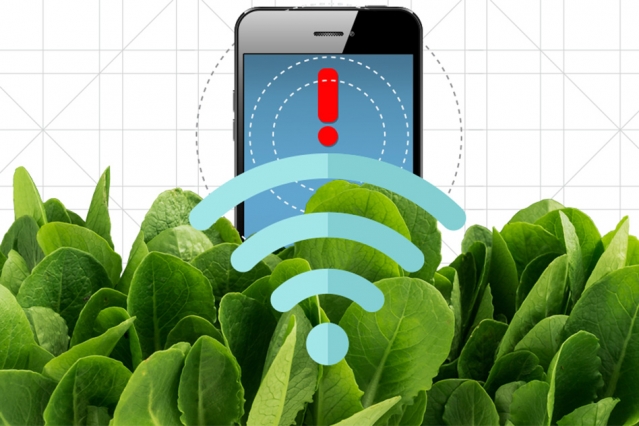
Scientists at MIT in the US have transformed spinach into sensors capable of detecting explosive materials. These plants are then able to wirelessly relay this information back to the scientists. Spinach was chosen for the experiment to demonstrate that living plants can be engineered to serve as self-powered pre-concentrators and auto-samplers of analytes in ambient groundwater and as infrared communication platforms that can send information to a smartphone.
When the spinach roots detect the presence of nitroaromatics in groundwater, a compound often found in explosives like landmines, the carbon nanotubes within the plant leaves emit a signal. This signal is then read by an infrared camera, sending an email alert to the scientists.
This experiment is part of a wider field of research which involves engineering electronic components and systems into plants. The technology is known as “plant nanobionics”, and is effectively the process of giving plants new abilities.
While the purpose of the experiment was to detect explosives, scientists believe it could be used to help warn researchers about pollution and other environmental conditions. Due to the vast amount of data plants absorb from their surroundings, they are ideally situated to monitor ecological changes.
In the early phases of plant nanobionic research, scientists at MIT used nanoparticles to make plants into sensors for pollutants. By altering how the plants photosynthesized, they were able to have them detect nitric oxide, a pollutant caused by combustion.
Scientists from the American University have found that when spinach is converted into carbon nanosheets, it can function as a catalyst to help make metal-air batteries and fuel cells more efficient. Metal-air batteries are a more energy efficient alternative to lithium-ion batteries, which are commonly found in commercial products like smartphones.
Spinach was specifically chosen because of its abundance of iron and nitrogen, which are important elements in compounds that act as catalysts. The researchers had to wash, juice and grind the spinach into a powder, turning it from its edible form into nano-sheets suitable for the process.
